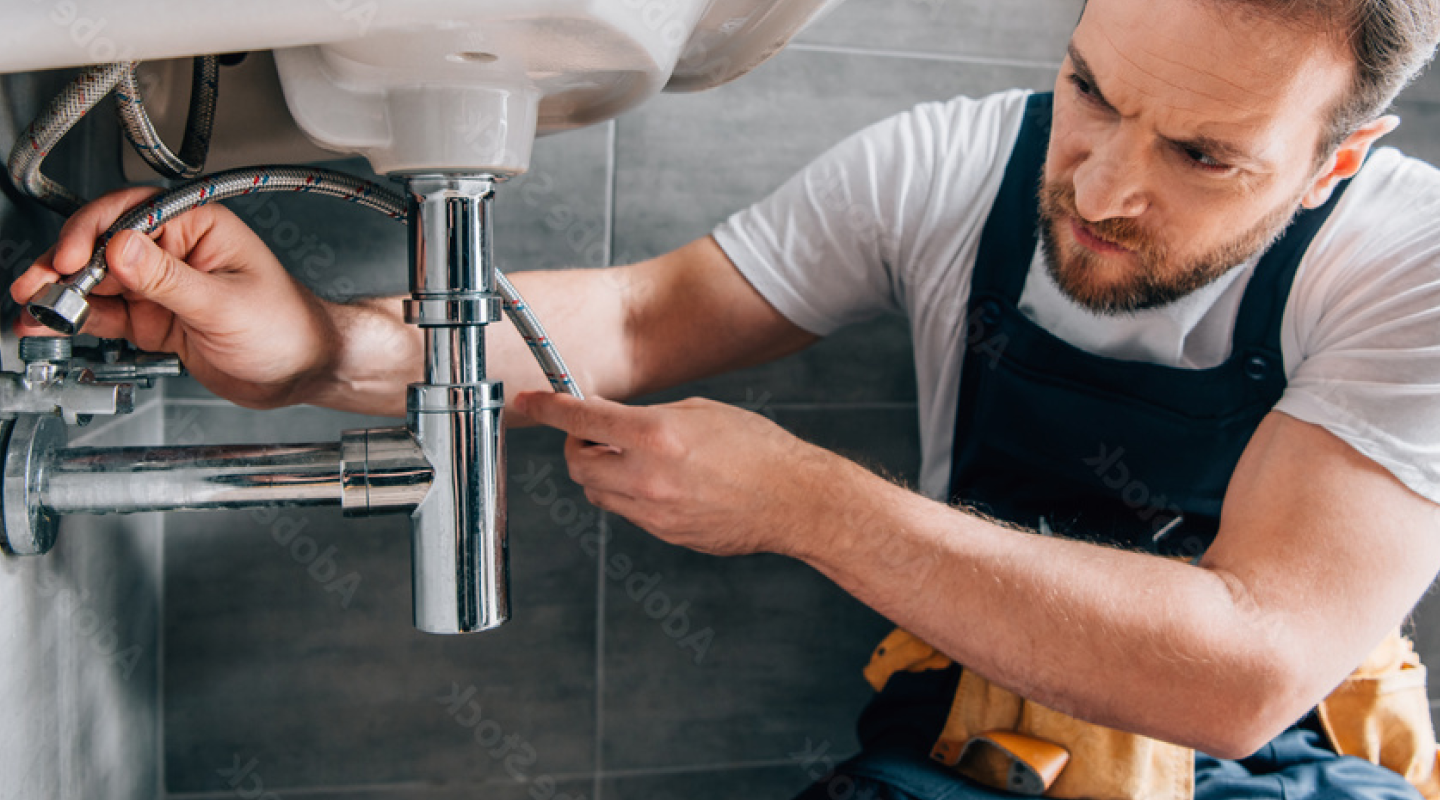A Detailed Guide to Reliable Water Heating System Installation for Optimum Efficiency
Beginning on the job of setting up a water heater is an endeavor that requires precision and an organized strategy for attaining optimum efficiency. As you continue, the details of linking water supply lines and setting up trustworthy electrical or gas links wait for, promising understandings into ensuring effectiveness and integrity.
Choosing the Right Water Heater

Next, consider the size and capability of the water heating system. It's important to analyze your family's warm water needs, which can differ based on the variety of passengers and their use patterns. An unit that's too tiny might cause inadequate warm water, while an extra-large model might cause unnecessary energy usage.
Performance ratings also play a crucial duty in option. Try to find water heating units with high Energy Factor (EF) scores, indicating premium performance and minimized energy use. Tankless versions, though typically more costly ahead of time, deal significant power savings in time as a result of their on-demand home heating abilities.
Preparing the Installation Area
Prior to mounting a new water heating unit, careful prep work of the installation area is crucial. It's essential to determine the area meticulously to suit the water heating unit's measurements, guaranteeing adequate clearance around the unit for effective procedure and maintenance.
Examine the floor for security, as the water heater will certainly need a strong, degree surface area to operate effectively. If necessary, mount a drip pan under the device to capture prospective leakages or spills, preventing water damages to the surrounding location.
Additionally, ensure that all necessary tools and products are on hand prior to commencing the setup. This consists of items such as wrenches, screwdrivers, a level, and any kind of extra hardware needed for installing and safeguarding the heating system. A well-prepared installation area establishes the foundation for an effective hot water heater arrangement, optimizing efficiency and safety.
Connecting Water System Lines
When linking water system lines to your recently installed hot water heater, it is important to make certain that all connections are safe and secure and leak-free to keep effective operation and prevent water damages. Begin by recognizing the cold and warm water lines. The cool water inlet is generally marked with a blue label or a "C", while the hot water electrical outlet is marked with a red tag or have a peek at this site an "H".
Usage her explanation versatile water heater adapters to help with a less complicated installation process. Prior to connecting the connectors, place a plumbing technician's tape around the threaded ends of the water heating unit's inlet and outlet pipelines.
Once connections are in place, gradually activate the main water supply shutoff. Inspect each connection for leakages by visually really feeling and inspecting for moisture. Tighten links as required, and make certain the stress safety valve is correctly set up, safeguarding against extreme stress accumulation.
Establishing Electrical or Gas Connections
Effectively establishing up the electric or gas connections for your water heating unit is a crucial step to ensure reliable and safe operation. For electric water heating units, start by confirming that the electric circuit is suitable with the heating unit's voltage and amperage requirements.
For gas water heating units, safety and security is vital. Link the gas line to the water heating system using a versatile gas connector, guaranteeing it is properly threaded and secured with pipeline joint compound or Teflon tape ideal for gas connections.
When links are made, evaluate for any kind of prospective leaks. For gas lines, apply a soapy water option to the joints; bubbles suggest a leak. For electric connections, ascertain that all wiring is secure and appropriately shielded, maintaining compliance with regional electric codes.
Changing and evaluating for Efficiency
With the electric and gas links firmly in position, the next action is evaluating the operational effectiveness of your water heating unit. Begin by thoroughly turning on the water supply and ensuring there are no leaks at any one of the valves or joints. Once verified, proceed to fill up the storage tank, taking note of the stress and temperature level setups. It is suggested to set the thermostat to an advised temperature level of around 120 ° F(49 ° C) to stabilize energy effectiveness and comfort.
Next, carry out a comprehensive examination to make sure the burner or gas heaters are operating appropriately. For electric heating systems, utilize a multimeter to confirm if the aspects are attracting the proper present. In gas versions, observe the i was reading this burner fire; it ought to be consistent and blue, showing efficient burning.
Readjust the setups as required to eliminate ineffectiveness. Consider applying insulation procedures, such as adding a water heater blanket, to additionally improve performance by minimizing heat loss. In addition, check the anode pole's condition, as a deteriorated rod can lower effectiveness and lead to tank corrosion.
Conclusion
Effective water heating system installment is essential for making certain optimum performance and energy savings. Safely attaching water supply lines and very carefully establishing up electric or gas links decrease potential issues.

Effectively setting up the electrical or gas connections for your water heater is a critical step to ensure safe and effective procedure. For electrical water heating systems, start by validating that the electrical circuit is compatible with the heater's voltage and amperage requirements. Link the gas line to the water heating unit utilizing a versatile gas adapter, guaranteeing it is appropriately threaded and secured with pipeline joint substance or Teflon tape ideal for gas links.